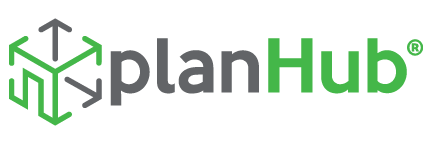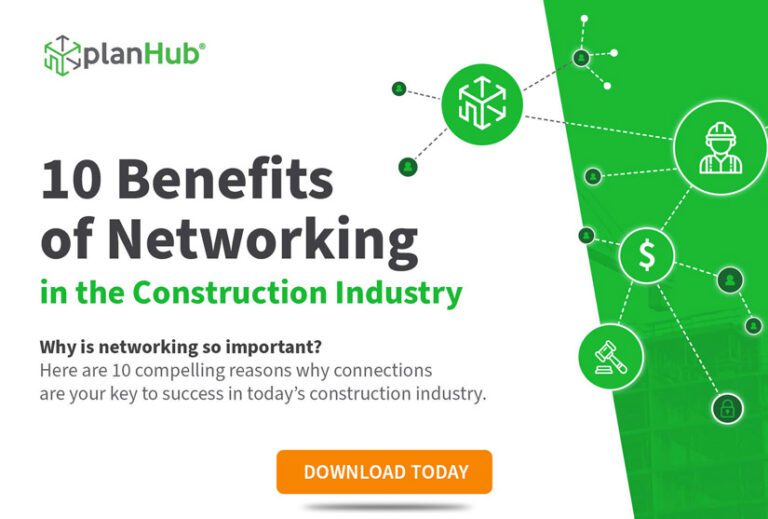The days of setting up a storefront and waiting for customers to come to you is gone. With more young people working in the construction industry, you need to change up your marketing strategies to reach them where they are: online. Phone calls and faxes aren’t as popular as they were even a few years ago, so you have to make sure you can be found where your customers are looking.
We’ve put together five tips to help building materials suppliers reach their online audience of potential and current customers.
Expand your web presence
These days, if you’re not online, you might as well not exist. Everyone uses the internet to search for everything, including building materials. And you can’t just slap up a website and call it good. Today’s technology requires you to continually update your website by adding new information or revising what you’ve got.
Your “digital footprint” is made up of your website, social media profiles, review sites like Yelp or Angi, and your Google or other search engine listing. All of these should tie back to your website and drive users to visit it to find out more about the materials you offer and placing an order. As you add more content to these sites, it creates a web of visibility, improving your audience reach. This helps you capture potential customers, similar to how a spider catches a fly.
As you provide more content and your footprint grows, search engines like Google will find you easier and move you up the search engine results page. A good SEO (search engine optimization) strategy can help you attract more customers through organic search, which is free.
Be mobile friendly
More field crews are using mobile technology, like smartphones, tablets, and laptops, than ever. According to the JBKnowledge Construction Technology Report, in 2021 90.9% of respondents used a smartphone in their daily activities, 82.8% used a laptop, and 65.5% used a tablet. To capture these potential customers, make sure that your website is formatted to detect these devices and provide the best view of your content. If users have to constantly zoom in or out or if information is cut off the screen, they will most likely find someplace else to shop.
If you really want to make your brand the go-to for materials, you can design a custom application (app) for your customers. The app can be an extension of your website or have additional features and information. Users can download the app to their phone or tablet and have a direct connection to you and your products.
Provide a multimedia experience
Besides making sure that your potential customers can access your website and view it correctly no matter what type of device they are using, you’ll want to make sure that you provide an engaging and informative site. This means you need to offer your information through a variety of media formats.
Ideas for multimedia content include:
- High quality photos of your products (from several different angles and in different colors, if possible). Sites with high quality photos get more views than those without good photos.
- Videos showing how to install products or how they are used (these don’t have to be professionally produced, you can make them using a smartphone).
- Literature downloads like product specifications, documentation, or installation instructions.
- Infographics
- Design guides with photos of your products installed and complete.
- Podcasts
The more ways potential customers can engage with you, the more likely they will return when they need something else.
Use pay-per-click advertising
There are lots of places you can advertise your products online. Google, other search engines, and all the social media platforms provide targeted advertising to help you reach people who are looking for what you provide. With their advertising algorithms you can specify users by location, age, income, job, search history, and keywords. This way you are only paying to advertise to users who are already looking for what you provide. With this type of advertising, you only pay when someone clicks on the link to your website.
Develop a budget for your pay- per-click advertising spend. All platforms allow you to cap your spending during a certain time frame (i.e. $1,000 per month or $50 per day). This ensures that you won’t go over your budget.
Experiment
No one solution is going to fit all materials suppliers. It pays to experiment and change things up once in a while. Here are some ideas to get your imagination going:
- Create multiple targeted ads or emails with different content to see which ones performs better (this is known as A/B testing).
- Start a YouTube channel (again, no professional equipment required, just a smartphone).
- Send a non-salesy post on social media.
- Vary your content by medium and subject matter.
Finally
These strategies are sure to help you attract more customers. But, if you’d like to get your products in front of contractors bidding on specific projects in your area, there’s no better tool than PlanHub. Our lead site allows you to search for projects in your area that are using the materials you furnish. There’s no guess work and no pouring over massive project lists to find potential leads. And you can communicate directly with subcontractors and general contractors through the platform, ensuring that you’re talking to the right person who will make the purchasing decisions.
For more information about how PlanHub can help you grow your building materials supplier company, reach out for a demonstration today.


